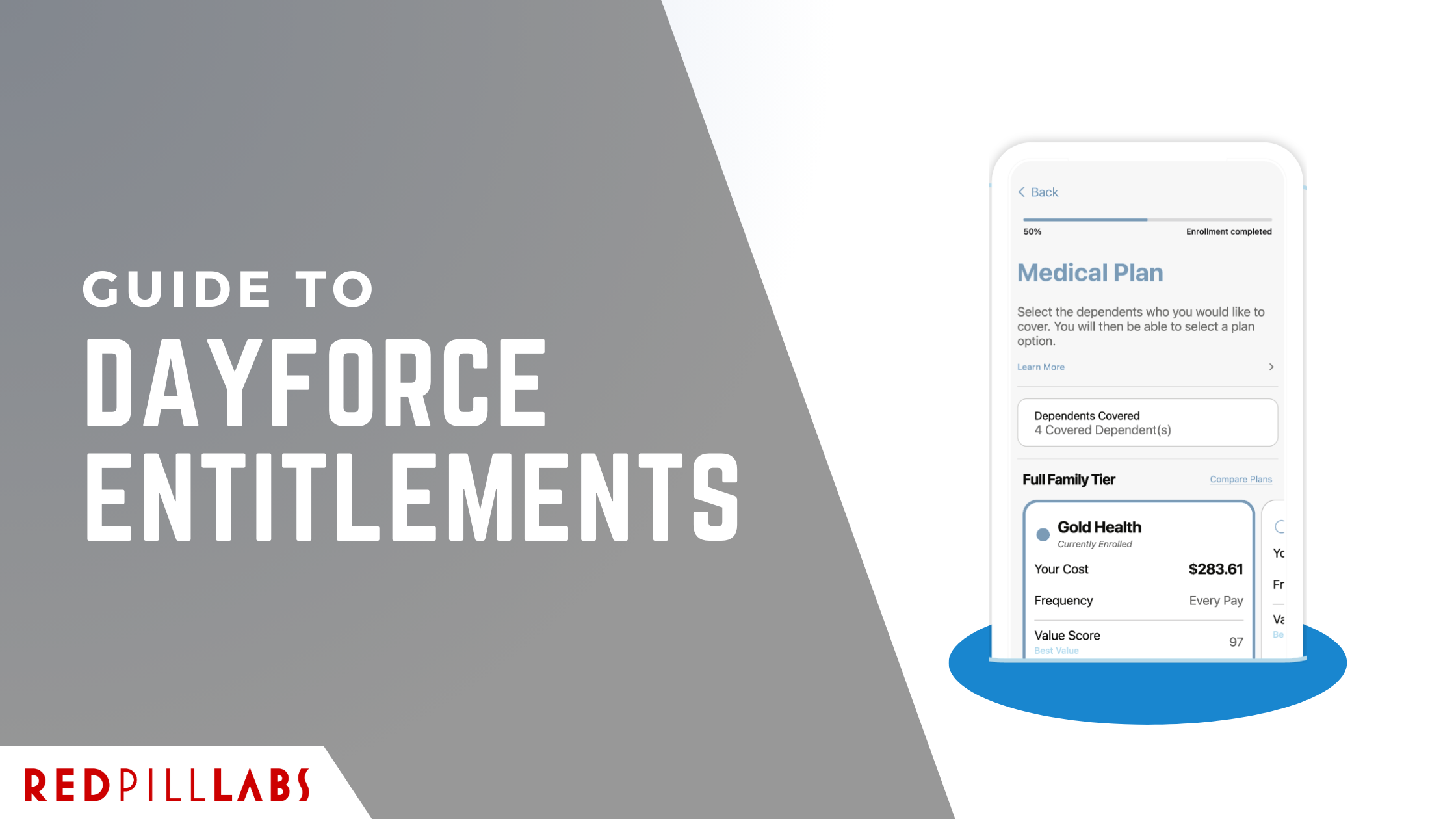5 Strategies for Employee Engagement & Retention
blog/5-strategies-for-employee-engagement-and-retention
2025-06-09
Employee engagement isn’t just a soft metric — it’s one of the most reliable indicators of long-term business success.
When people are disengaged, they don’t just quit quietly — they take performance, innovation, and morale down with them.
According to Gallup’s 2025 State of the Global Workplace report, only 23% of employees are engaged globally, and the cost of disengaged employees is estimated at $8.9 trillion in lost productivity per year.
If your retention strategy is still relying on perks or surface-level culture initiatives, it’s time to recalibrate. These five strategies can help you build a more committed, motivated, and stable workforce.
According to Gallup’s 2025 State of the Global Workplace report, only 23% of employees worldwide are actively engaged, and disengaged employees cost the global economy an estimated $8.9 trillion annually in lost productivity.
Here are five proven strategies to strengthen engagement and keep your top performers.
5 Ways to Increase Employee Engagement
1. Prioritize Purpose Over Perks
High-growth companies are no longer competing on who can offer the flashiest benefits.
Instead, they’re winning by connecting employees to a larger purpose.
People want to know their work matters — not just to shareholders, but to customers, communities, and the world.
A purpose-driven culture creates emotional commitment.
It gives employees something bigger than their tasks or paycheck to hold onto when the job gets tough.
When they understand how their work contributes to a broader mission, they’re more likely to stay, advocate for the company, and go the extra mile.
Action Step: Clearly articulate your company’s mission in onboarding, internal communications, and goal-setting. Reinforce it in everyday team discussions — not just annual town halls.
2. Build a Structured Feedback Mechanism
A once-a-year performance review is too little, too late.
Modern employees expect frequent, constructive feedback and coaching that helps them improve in real time. Feedback builds trust when done right — it shows that the organization is invested in the employee’s growth, not just their output.
But feedback shouldn’t flow in only one direction.
Employees also want to feel heard.
When teams can safely speak up, share concerns, or suggest improvements, they feel more empowered and engaged.
Action Step: Equip managers with tools and training to hold regular check-ins. Use lightweight feedback loops — like pulse surveys, retrospectives, or peer feedback — to make feedback part of your culture, not a performance checkbox.
3. Invest in Career Pathing and Skill Development
The most engaged employees are those who see a future for themselves in your organization.
Without a clear path forward, even your highest performers may quietly start looking elsewhere.
Retention improves dramatically when people feel they are growing, learning, and being stretched.
Development doesn’t have to mean promotions.
It can also include lateral moves, skill-building projects, mentorship, certifications, and leadership opportunities.
Companies that treat learning as a core part of work — not something reserved for top performers — build more agile and loyal teams.
Action Step: Map out possible career paths for key roles and share them with employees. Create space for learning through micro-courses, cross-training, or mentorship programs that are accessible to all.
4. Empower Managers as Engagement Leaders
Managers are the #1 influence on engagement — yet many don’t receive the support they need.
They're expected to lead, coach, handle performance issues, drive results, and keep morale high, often without proper training.
When they’re overwhelmed or underprepared, entire teams can disengage.
The best managers aren’t just strong operators — they’re emotionally intelligent, communicative, and supportive.
They know how to listen, recognize good work, and handle conflict in a way that builds trust.
Action Step: Invest in manager enablement, not just management training. Provide real support systems like peer manager forums, leadership coaching, and clear expectations around their role in employee engagement.
5. Embrace Flexibility Without Losing Connection
Remote and hybrid work are no longer fringe benefits — they’re a baseline expectation.
But flexibility without intentional culture-building can quickly turn into isolation, burnout, or disengagement.
Employees may appreciate autonomy, but they still want to feel part of something.
The companies that succeed in the hybrid era don’t just offer flexible schedules — they double down on connection.
They create rituals, shared goals, and moments of recognition that unify employees regardless of location.
Action Step: Balance flexibility with structure. Define communication norms, schedule regular virtual touchpoints, and use collaborative tools that support team visibility. Make space for connection — both professional and personal — across all working arrangements.
Key Takeaways
Employee engagement and retention don’t hinge on ping pong tables, pizza parties, or one-time bonuses.
They depend on how your people feel — about their purpose, their growth, their manager, and their future in the company.
Organizations that focus on meaningful engagement strategies won’t just reduce turnover — they’ll unlock a more resilient, motivated workforce ready to drive results.
Retention isn’t about keeping people at any cost—it’s about creating an environment where they want to stay.
Focusing on purpose, growth, and connection enables companies to reduce turnover, boost productivity, and build a workplace where both employees and businesses thrive.











